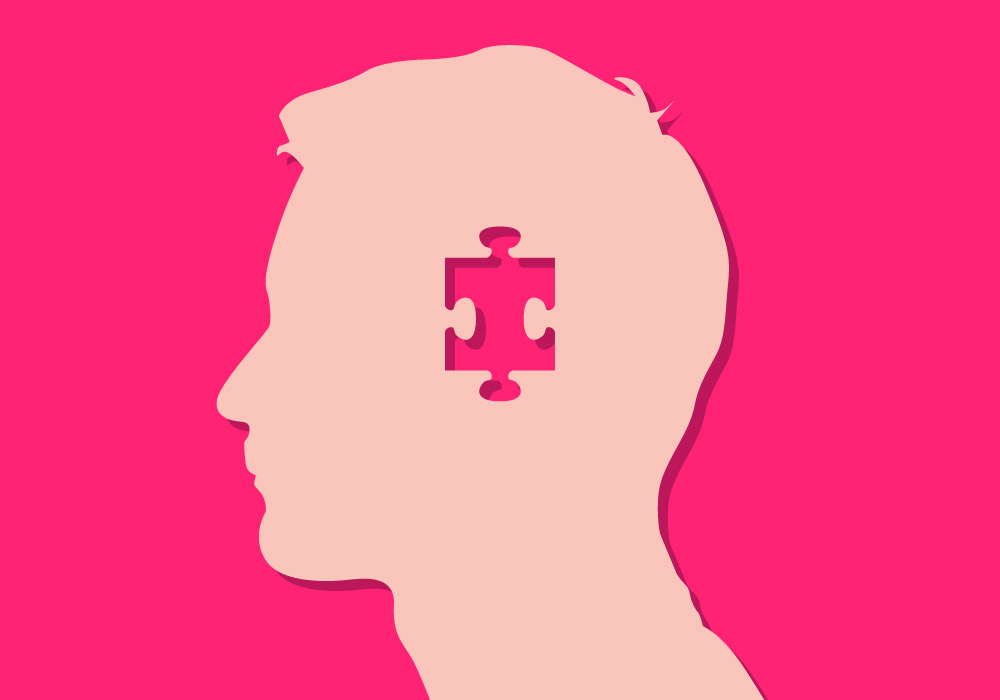
In a breakthrough experiment described Wednesday in the journal Nature, researchers in London report for the first time evidence that patients may have acquired the Alzheimer’s protein, amyloid, from a medical treatment.
John Collinge, a neurologist at University College London, and his colleagues studied the brains of eight people who had died of Creutzfeldt-Jakob disease (CJD), a condition caused by a protein that acts like a virus. Instead of being inert like other proteins, these misfolded proteins, called prions, can grow and break off and seed new growths as if they were reproducing. CJD can be caused by genetic mutations, by exposure to contaminated foods (as with so-called mad cow disease) or even, in rare cases, from accidental exposures during medical procedures, such as surgery or other invasive treatments.
In eight autopsy cases studied by Collinge and his team, those prions came from the latter.
There was evidence that children treated with human growth hormone before 1985—when it was made from hormone collected from cadavers—might have been exposed to prions and therefore at higher risk of CJD. Because prions have a long incubation period, even 30 to 40 years after the practice of using human cadaveric hormones was stopped, patients who received those treatments continue to show signs of CJD. As part of their autopsy analysis, Collinge also looked for other abnormal brain patterns and was surprised by what he found.
MORE: Canada Has a Case of Mad Cow Disease
“What we found, very much to our surprise, was that of the eight patients, four had quite significant, some severe, deposition of amyloid protein, the Alzheimer’s protein,” he said in a teleconference discussing the results. These patients had damage to the blood vessels in their brain typical of Alzheimer’s. Only one patient, he said, did not have any signs of amyloid.
The results are noteworthy but they don’t mean that Alzheimer’s is contagious, Collinge said. Nor do they suggest that all patients with Alzheimer’s will develop CJD, or vice versa.
MORE: Noteworthy Advances in Alzheimer’s Research
In fact, given the small number of brains studied and the preliminary nature of the results, it’s hard to say exactly what the connection between prions and Alzheimer’s disease may be. What the results do suggest is a need to re-think Alzheimer’s and how it may develop. It’s possible that in addition to being caused by genes and environmental exposures, Alzheimer’s may also, in rare cases, be triggered by exposure to amyloid protein “seeds” that may be passed from one source to another.
It’s known, for example, that taking brain tissue from a mouse with Alzheimer’s disease and injecting it into healthy mice will cause the latter to develop the neurodegenerative disease. And it’s known that CJD can be transmitted by certain exposures to infected material, including, according to some reports, surgical instruments. The amyloid protein’s precursor, a-beta amyloid, is also known to “stick avidly to metal surfaces,” says Collinge. German researchers showed previously that mice implanted with a metal wire blanketed with a-beta seeds developed amyloid plaques in their brains.
In the case of the eight patients in the study, Collinge said that it’s likely they acquired a-beta amyloid seeds from the hormone harvested from the deceased elderly who donated their organs for that purpose. “The growth hormone preparations with which people were treated as children in addition to being contaminated with CJD, probably also was contaminated with a-beta seeds,” he said.
MORE: New Research on Understanding Alzheimer’s
Interestingly, most of the people showing the amyloid deposits in their brains did not also have the other hallmark sign of Alzheimer’s, the fibrous tangles of the tau protein. None had been diagnosed with Alzheimer’s either. But they all died at relatively young ages, between 36 and 51 years. So they may have died before the later stages of Alzheimer’s could set in.
“What I’m arguing is that we need to consider that in addition to sporadic Alzheimer’s that comes with age, and inherited or familial Alzheimer’s caused by genes, there could also be an acquired form of Alzheimer’s. It’s what I’m hypothesizing here. We certainly haven’t proven it, but it’s important that those interested in exploring the question in Alzheimer’s disease should develop the tools that we have applied in prion disease.”
For one, he said, it’s critical to understand exactly what the a-beta protein seeds are — what they look like, where they form in the body and how they might be detected in something like the blood. Collinge admitted that more research needs to be done to fully understand how important a pathway the amyloid seeds might be in contributing to Alzheimer’s, but that the latest results highlight “the growing paradigm shift in understanding that neurodegenerative disease [like Alzheimer’s and Parkinson’s] may be all about accumulation of [prion] seeds.”
For now, the findings only apply to those who may have received injections of growth hormone prior to 1985, before the treatment switched to entirely synthetic sources. But it raises the need for a host of new studies that may help us better understand Alzheimer’s, and other degenerative brain diseases, and some of the more unexpected ways they might develop.
More Must-Reads From TIME
- The 100 Most Influential People of 2024
- Coco Gauff Is Playing for Herself Now
- Scenes From Pro-Palestinian Encampments Across U.S. Universities
- 6 Compliments That Land Every Time
- If You're Dating Right Now , You're Brave: Column
- The AI That Could Heal a Divided Internet
- Fallout Is a Brilliant Model for the Future of Video Game Adaptations
- Want Weekly Recs on What to Watch, Read, and More? Sign Up for Worth Your Time
Contact us at letters@time.com